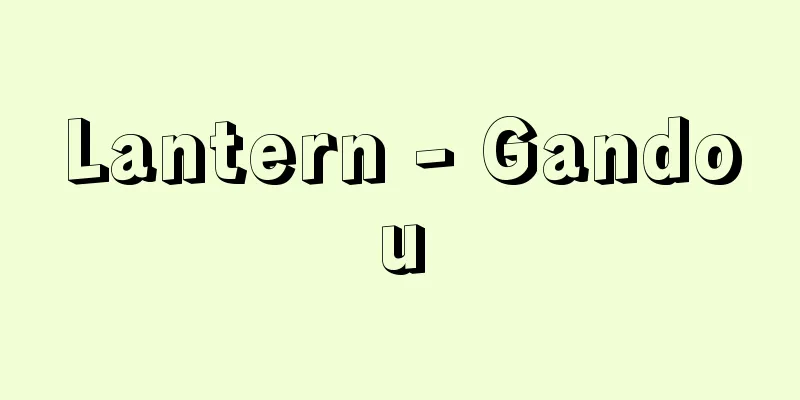Alfonso Caso

|
1896‐1970 Mexican anthropologist. Known for his excavations at Monte Alban in Oaxaca, particularly as the discoverer of Tomb No. 7. He contributed to research on the Zapotec, Mixtec, and Aztec civilizations, and also conducted extensive research on indigenous calendars. In 1933, he became director of the National Museum, and in 1939, the first director of the National Institute of Anthropology and History. Under the influence of the Chicago School, he proposed the concept of "Indian community," and made a major contribution to policies for the protection and development of Indian society. [Kuroda Etsuko] Source: Heibonsha World Encyclopedia, 2nd Edition Information |
|
1896‐1970 メキシコの人類学者。オアハカ州のモンテ・アルバンの発掘,特に7号目の墓の発見者として著名。サポテカ,ミシュテカ,アステカ文明の研究に貢献し,土着の暦の研究も手広く行った。1933年国立博物館館長,39年国立人類学・歴史学研究所初代所長となる。シカゴ学派の影響下に〈インディオ共同体〉概念を提出し,インディオ社会の保護・発展政策に貢献することが大きかった。【黒田 悦子】 出典 株式会社平凡社世界大百科事典 第2版について 情報 |
Recommend
Widow's Allowance - Kafukasan
…The order of survivors to whom the survivor'...
Bayeu, F. (English spelling) BayeuF
…He was born in the small village of Fuendetodos ...
mélodrame (English spelling)
…The English word melodrama is a borrowing from t...
Carmen Comes Home - Carmen Comes Home
The title of a film directed and written by Kinosh...
Insei Daidai - Insei Daidai
... The Paleozoic Era is characterized by the app...
Lockheed Scandal - Lockheed Scandal
The largest corruption case since World War II, i...
Camptosorus sibiricus; walking fern
A small evergreen fern of the family Cerataceae, w...
Freshfield, Douglas William
Born: April 27, 1845, London [died] 9 February 193...
Al-Andalus
The name given to the Iberian Peninsula by the Mu...
Opossumoidea - Opossum
...Families include Cuscus, Boulamysidae, Petrels...
Doi clan
A medieval samurai family whose main territory was...
Bollandus, J.
...The activities of those whom we call Christian...
Minuet - Menuet (English spelling) French
A musical term. A type of dance in Western music,...
Matching - Aikata
A term used in Japanese music. It refers to a len...
Flamininus, Titus Quinctius
[Born] Around 227 B.C. [Died] 174 BC. Rome. Roman ...


![Kanose [town] - Kanose](/upload/images/67cb3bdc972f3.webp)






